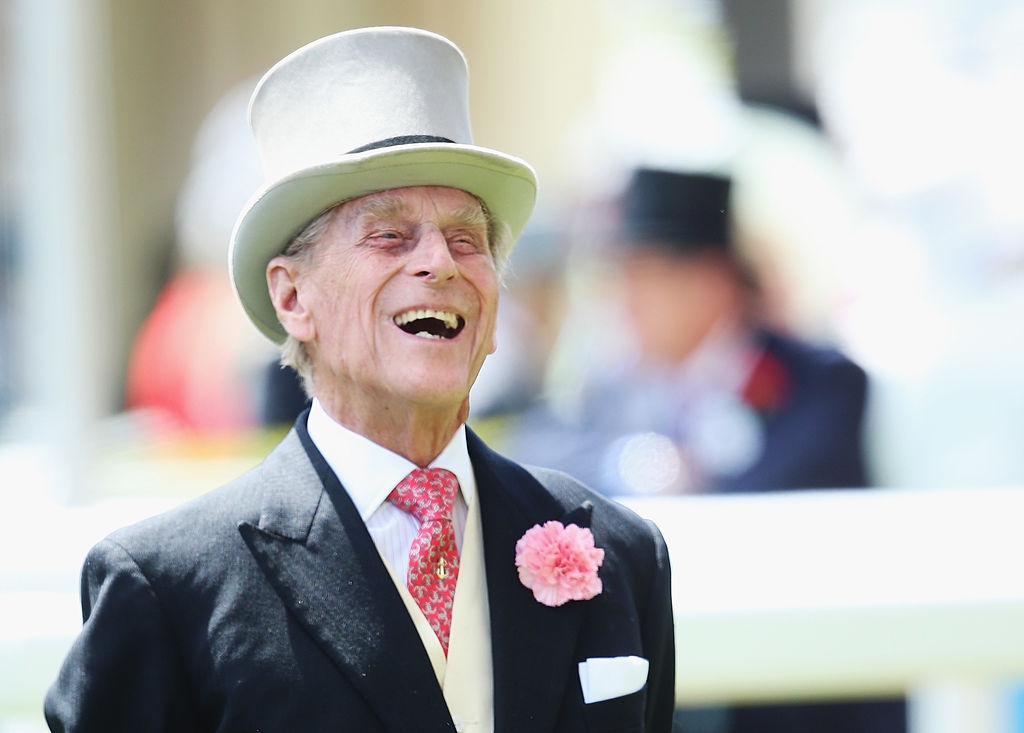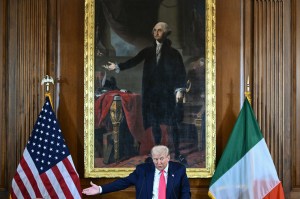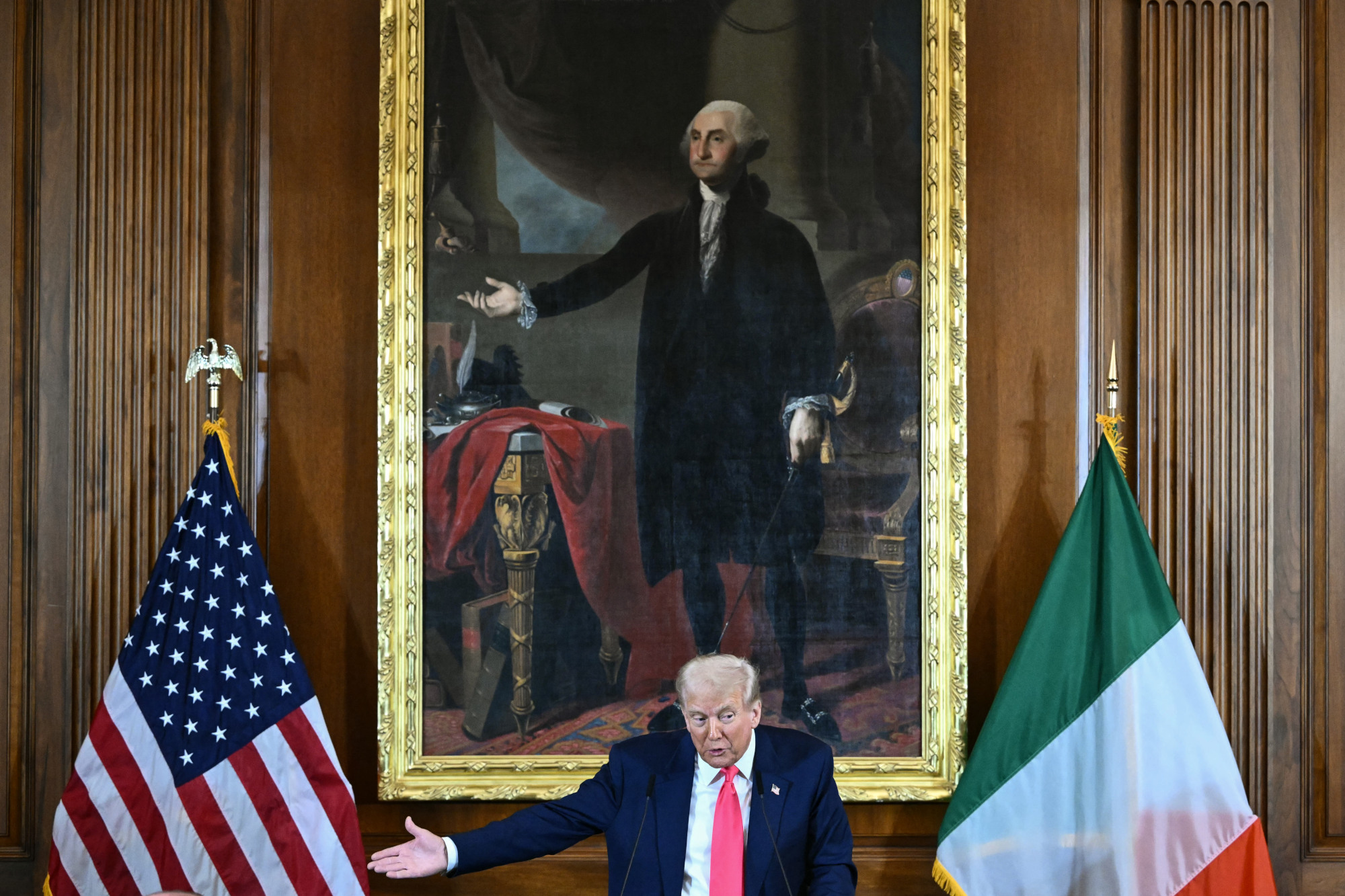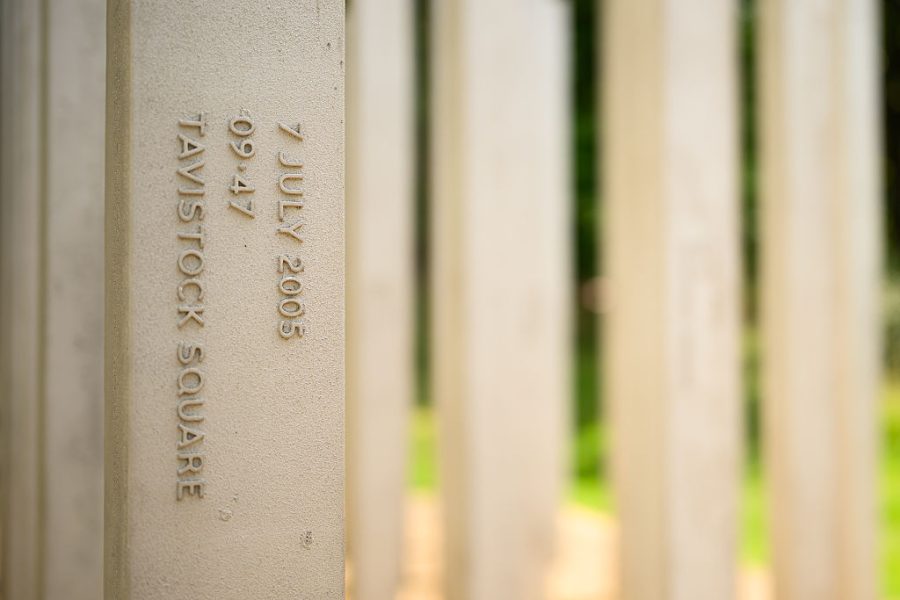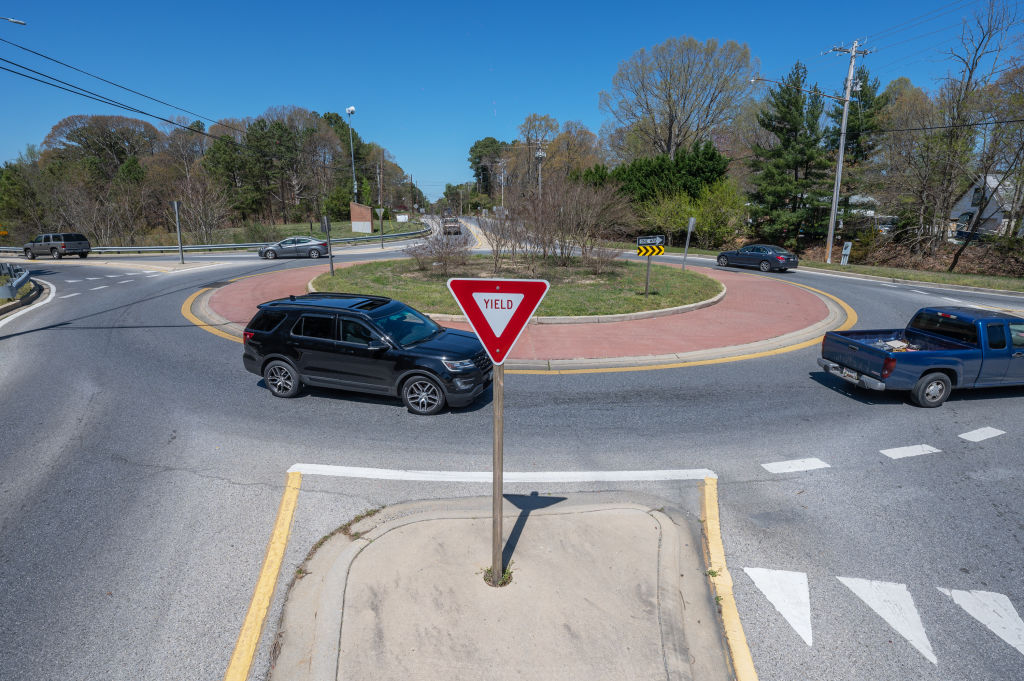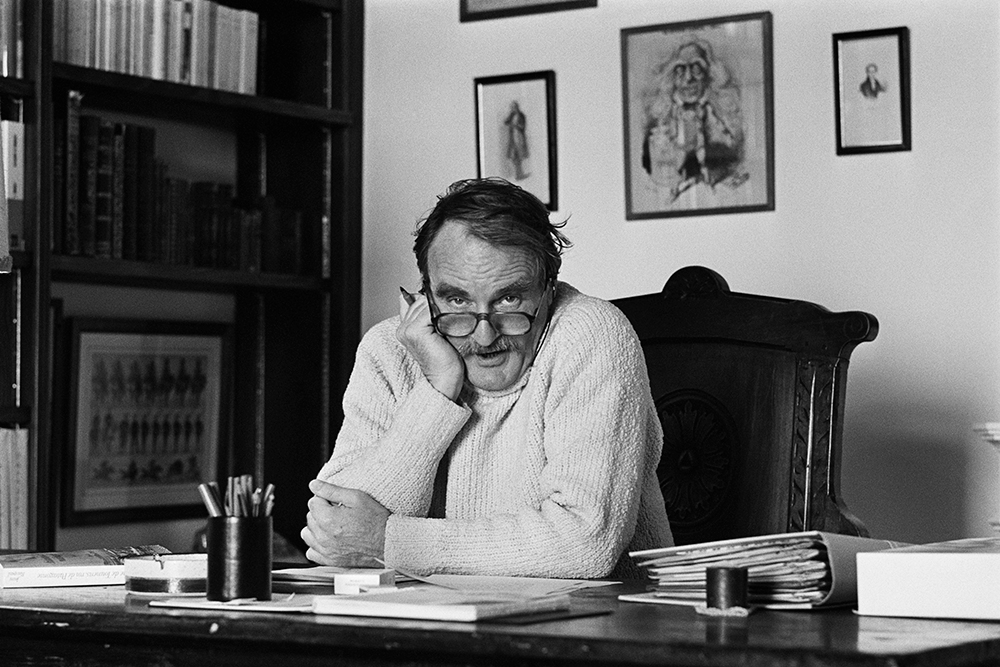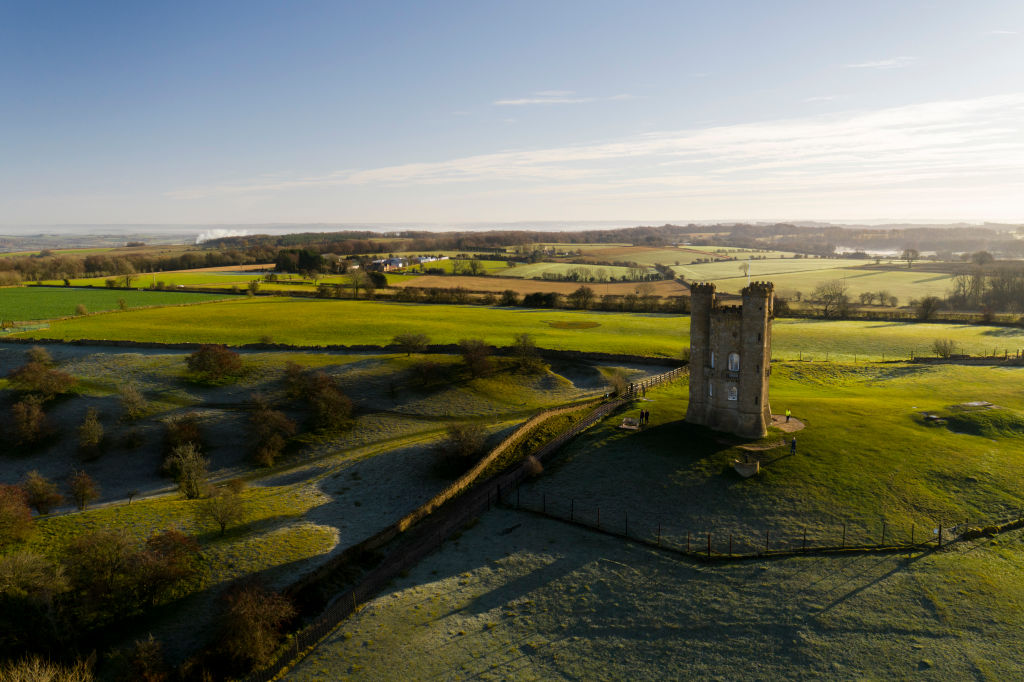However impressive Prince Philip was in photographs, it didn’t compare to his imposing bearing in the flesh.
When I met him in 2015 — at a lunch at the Cavalry and Guards Club for the Gallipoli Association to commemorate the centenary of the Gallipoli campaign — he was 93. He looked 20 years younger in his immaculate, navy-blue suit, with not an ounce of fat on his lean figure. At the pre-lunch drinks, he’d shaken off his assistants, and was roaming the drawing room at will, hands tucked behind his back, hawk-like visage searching the room for — not quite prey, but some kind of interesting diversion.
I was there because my great-grandfather, Lord Longford, father of the prison reformer, had been killed at Gallipoli. I was chatting to a more robust friend, whose ancestor had also served in the campaign. My friend suggested we approach the roaming Duke — something I wouldn’t have dared on my own.
His whole body language was aimed at not producing any deference. He kept his drink in his right hand — so we couldn’t shake hands — and there was no expectation that we should bow, as I’d have been delighted to do.
‘Who roped you into this?’ Prince Philip asked us. His tone wasn’t aggressive or rude. Quite the opposite — it was conspiratorial and friendly; another way to break the ice.
I went on to tell him how Thomas Longford had been killed at Gallipoli in 1915, after his last words to his second-in-command, crouching down to avoid the hail of shells overhead: ‘Please don’t duck, Fred. It won’t help you and it’s no good for the men’s morale.’ Longford was shot dead moments later.
‘Were you allowed to duck in the Navy during the war?’ I asked Prince Philip, who served with great distinction in the war.
‘What a silly thing to do!’ he said. ‘Not much point in ducking on a ship.’
And with that, he was off, in search of less doltish company, hands still tucked behind his back.
His words may look rude on the page. In fact, they were funny and teasing (and quite right) — I burst into laughter, while he kept a straight, deadpan face. I realized afterwards that all his so-called ‘gaffes’ were quite the reverse. They were masterclasses in putting people at their ease — and drawing out their most interesting side.
If he’d kept the royal drawbridge up and encouraged deference, all he would have had in his 73 years as the Queen’s husband would have been a series of terrified, tongue-tied people to talk to at a thousand events. For a serious, curious, clever man, that would have been agony. What he wanted was information, and perhaps a few laughs.
Reading his obituaries, I can see how his extremely tough, often miserable youth, in a strange way, prepared him for anything. Exiled from his native Greece as a little boy, separated from his mother for five years, losing a beloved sister in a plane crash. It all made him supremely tough and able to face anything – whether that was mortal danger during World War Two or the difficulties of royal life as second fiddle to the Queen for nearly 70 years of her extraordinary reign.
He had more royal blood in his veins than she did. So he wasn’t going to be intimidated by her status. But he might have found royal duties a little dull after he had to give up the naval career he loved so much on the Queen coming to the throne in 1952.
Instead, this exceptionally tough man employed a will of iron to accept his duty in supporting his wife. He also used it to craft a role for himself, spearheading the World Wildlife Fund, setting up the Duke of Edinburgh’s Award, running the royal estate and furthering his interest in science.
Prince Philip had three great acts in his life: an arduous youth, a heroic war and — by far the longest act — his service to the Queen. The first two acts prepared him for his unparalleled, unrepeatable brilliance in carrying out the third.
This article was originally published on The Spectator’s UK website.



